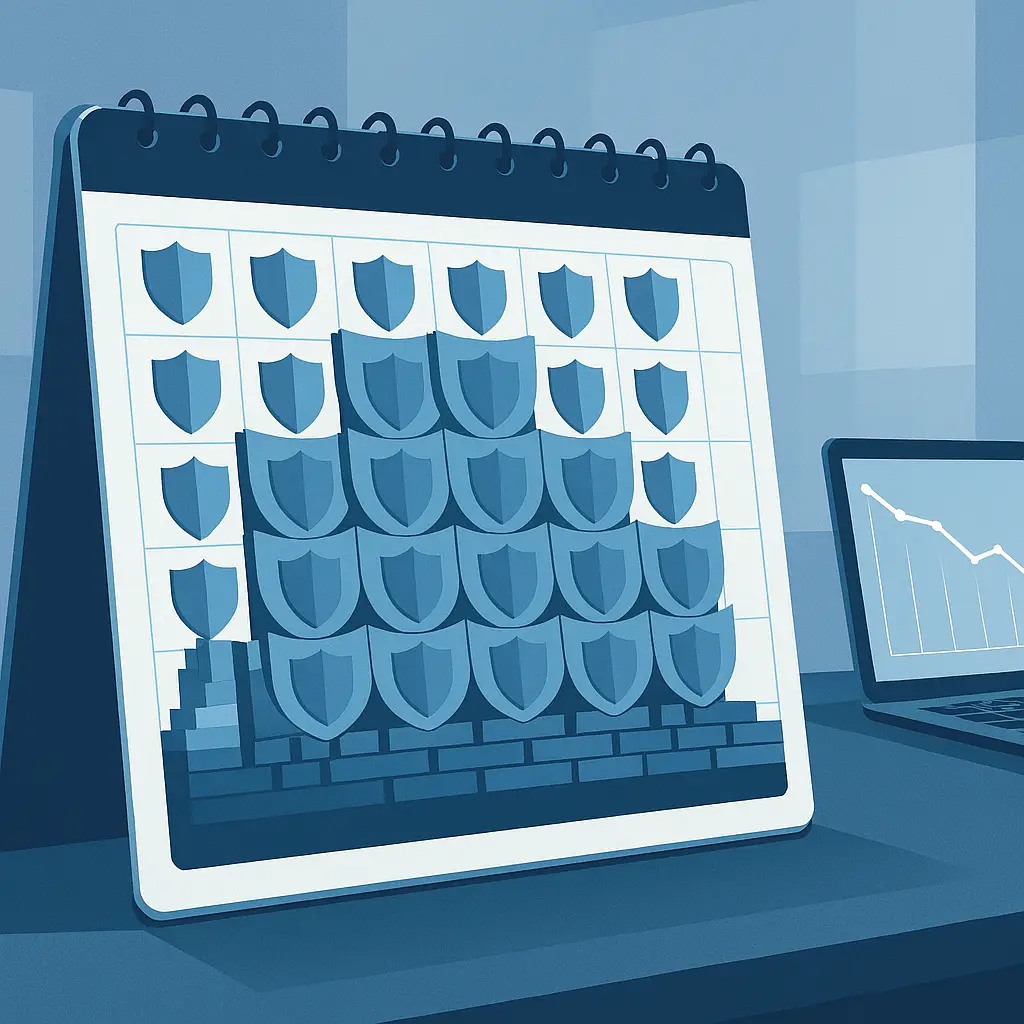In today’s landscape, organizations face relentless threats from phishing, ransomware, and advanced persistent threats. For most organizations, a single oversight can lead to significant financial loss and reputational damage. A structured security hygiene plan is not just advisable—it’s essential. This 30-day roadmap provides actionable steps to strengthen your defenses, reduce risk exposure, and build a more resilient architecture.

Phase 1: Days 1–7 — Assessment and Baseline
Inventory Critical Assets and Access
Begin by cataloging all hardware, software, and data repositories. Identify which systems store sensitive or regulated data. Limit administrative privileges using the principle of least privilege. In practice, over 80% of breaches involve compromised credentials, making access control a foundational layer of defense.
Review Existing Security Policies
Evaluate current policies against frameworks like NIST CSF or CIS Controls. Look for gaps in password complexity, BYOD rules, and remote access protocols. This alignment not only improves security but also reduces compliance gaps.
Phase 2: Days 8–21 — Implementation and Hardening
Patch Management
Apply all critical security patches across operating systems and applications. Automated patch management tools can reduce oversight and human error. According to Verizon’s 2024 DBIR, unpatched vulnerabilities contributed to nearly 40% of incidents last year.
Enable Multi-Factor Authentication (MFA)
Enforce MFA for all remote access and privileged accounts. Phishing resistance is greatly enhanced with hardware tokens or authenticator apps. This single step can prevent over 99% of account compromise attempts.
Network Segmentation
Isolate critical systems and segment network zones to contain potential breaches. Implement firewalls and monitor east-west traffic. Segmentation limits lateral movement, a common tactic in ransomware campaigns.
Data Encryption
Encrypt data at rest and in transit. Use AES-256 for sensitive files and TLS 1.3 for communications. Encryption ensures that even if data is exfiltrated, it remains unusable to attackers.
Phase 3: Days 22–30 — Monitoring and Validation
Conduct Vulnerability Scans
Run authenticated scans to identify misconfigurations and weaknesses. Prioritize remediation based on CVSS scores and asset criticality. Regular scanning transforms reactive security into proactive risk management.
Test Backup and Recovery Procedures
Ensure backups are isolated, encrypted, and regularly tested. The ability to quickly restore systems is your ultimate safety net against ransomware or data corruption.
Employee Awareness Training
Launch a simulated phishing campaign to gauge employee readiness. Follow up with targeted training based on the results. Human factors remain a top attack vector—continuous education is key.
Review Logs and Set Alerts
Configure SIEM or logging tools to alert on suspicious activity. Monitor for failed logins, unusual access patterns, and unauthorized changes. Early detection can drastically reduce incident response time.
Conclusion
A disciplined approach to security hygiene significantly lowers the cost of incident response and strengthens stakeholder trust. This 30-day plan offers a balanced mix of technical controls and policy adjustments, aligned with industry best practices. Therefore, organizations that adopt these measures not only improve their security posture but also demonstrate due diligence to regulators and customers.
Assess your compliance gaps today and build a safer architecture together.
FAQ
What is security hygiene?
Security hygiene refers to routine practices and controls that maintain system health and protect against threats. Examples include patching, access management, and employee training. Poor hygiene often leads to avoidable breaches.
How often should we repeat this hardening process?
Repeat full assessments quarterly, with continuous monitoring in between. Cyber threats evolve rapidly—regular reviews ensure defenses remain effective against new tactics.
Can small businesses implement this plan?
Yes. The principles scale to any organization. Start with critical assets: enforce MFA, maintain backups, and train staff. These steps address the most common attack vectors regardless of size.
What if we find legacy systems that can’t be patched?
Isolate legacy systems on segmented networks, restrict access, and monitor them closely. Where possible, replace or upgrade outdated software to minimize risk exposure.
How does this align with compliance frameworks?
This plan incorporates controls from NIST, CIS, and ISO 27001. Following it helps meet requirements for GDPR, HIPAA, and other regulations, reducing both cyber and compliance risk.
What’s the ROI of a security hygiene program?
Preventing a single breach can save millions in recovery costs, fines, and lost business. Proactive hygiene is far more cost-effective than incident response—financially and reputationally.
No post found!
